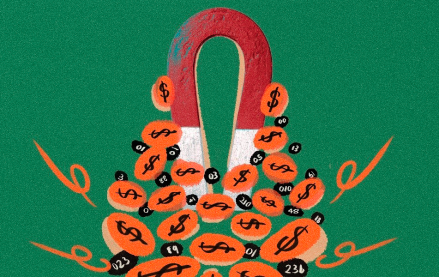
Sponsored content by Nielsen
David Gaines, chief planning officer at Maxus Global, was elbows-deep in a campaign with a seemingly straightforward objective: Selling a car to women. And, when it comes to television programmed for that particular 50 percent of the population, TV buyers are spoiled for choice.
But then this is the digital age and a deeper insight was needed.
Maxus wanted to know which programs were being watched by financially-independent Australian 30-40-something women with their own (not their husbands’) buying criteria. To do that, they hoped to go beyond what syndicated television insights had to offer.
“Most of those studies are months out of date by the time we look at them,” said Gaines. “Ten, maybe 15 years ago they were useful because television content didn’t rotate so quickly. Now, when you’ve got so much streaming available and a crash and burn tendency to TV pilots, it’s a very unreliable way to look at it.”
Ad position: web_incontent_pos1
The team reverse-engineered their buy—at first by listening to social chatter, then by tracking their effectiveness all the way through to business goals. We asked Gaines about how they did it, what it took and the “analysis paralysis” that’s keeping more media shops from doing the same.
When did you end up connecting social to TV schedules?
We started to look at social data to give us a sense of this particular female demographic: What were the kind of environments and topics they were interested in? Then let’s see if we can align those [themes] with particular TV ads and run them in content that’s on air at a given time. Particularly, we saw spikes in conversations around DIY and home improvement.
Ad position: web_incontent_pos2
So you had some content themes. What did you do next?
We started to do simple things like run spots for this car company around the times when we saw [social] spikes in trends. Obviously those spikes were a lot bigger when they were related to TV programming content that was around DIY or home improvements.
As we did this more and more, we started to see spikes in traffic to the car company’s site requesting information, so new leads, new bites for this particular car. That came from no more than using interest from social data to define when we should be placing spots during the day, where that exposure was most likely to translate to people talking directly about the car and actually going to their site for more info.
What was the most elaborate TV integration based on those social insights?
The following year we took the [Australian DIY] show “The Block,” where we saw the most leads, and actually did a deal to get the contestants in the show driving the cars to stores where they would be buying paint, building materials, etc. [for renovations].
Social data absolutely defined the way we structured our approach to buying TV, how we approached the programs that we would looked at, and ultimately we were able to tie that directly to an effect for this particular car company and the leads that have been generated.
Does that mean social media is a new barometer for premium TV content?
We’re using social to be able to give us a sense of whether something is compelling or not. That’s the piece that’s missing because until we get to a stage where we are buying on something other than CPMs and audience exposure, we’re dumbing down the ability to invest in any compelling premium content.
Okay, you did this in Australia. How should agencies in the US be thinking about social-TV pairing?
Analysis paralysis is a real thing in the US. There are lots of specialists working in individual areas, be it social, digital, pick your media type. The next thing we need to focus on is building people who can work horizontally across those disciplines in order to understand, where do I take something like social data and help define how I buy TV programs. We need to create smarter, faster technology that gives us frameworks so that you can access that data a lot more easily.
The reality is a lot of data harmonization is an incredibly manual process, and [we don’t have many] spare people to sit around and tidy up data. I just don’t think we’re taking advantage of the blend of those two pieces of information as often as we should be.
Any solutions on the horizon for bringing social data closer to TV?
The product that Nielsen has coming out, the fact that they’re using three APIs from social networks will help to make that a lot easier as that data begins to blend itself with TV viewing data.
Are the brands who bring their buying in-house finding this any easier?
Bringing the machine in-house is a business decision, and it will be interesting, particularly with some of the big corporations, how they manage that machine. They’ll have exactly the same issues a media agency has but they’ve got a business to run on top of them running a media agency in turn. That will be a bit of an eye opener for a lot of people who think of it as being a fairly straightforward exercise to plan and buy media.
To learn more about how agencies can stay vital in the age of big data, download the first ebook, in the “Own Your Advantage” series from Nielsen.
More from Digiday
Sliders test article
Agencies hope connected TV and digital out-of-home will play a bigger role in upcoming elections and politics — especially for smaller media agencies that are handling many of the less visible races in the crowded political space. For a number of media agencies looking to place their political ad dollars down in this major election […]

How CTV and DOOH are growing this political season for smaller agencies
Connected TV and digital out-of-home are playing a bigger role in upcoming elections and politics – especially for smaller agencies looking to place clients’ dollars.

CMO Strategies: Advertisers identify the top attributes on ad-supported streaming platforms
This is the third installment in Digiday’s multi-part series covering the top ad-supported streaming services and part of Digiday’s CMO Strategies series. In this report, we examine which ad attributes matter the most to marketers on streaming platforms.
Ad position: web_bfu